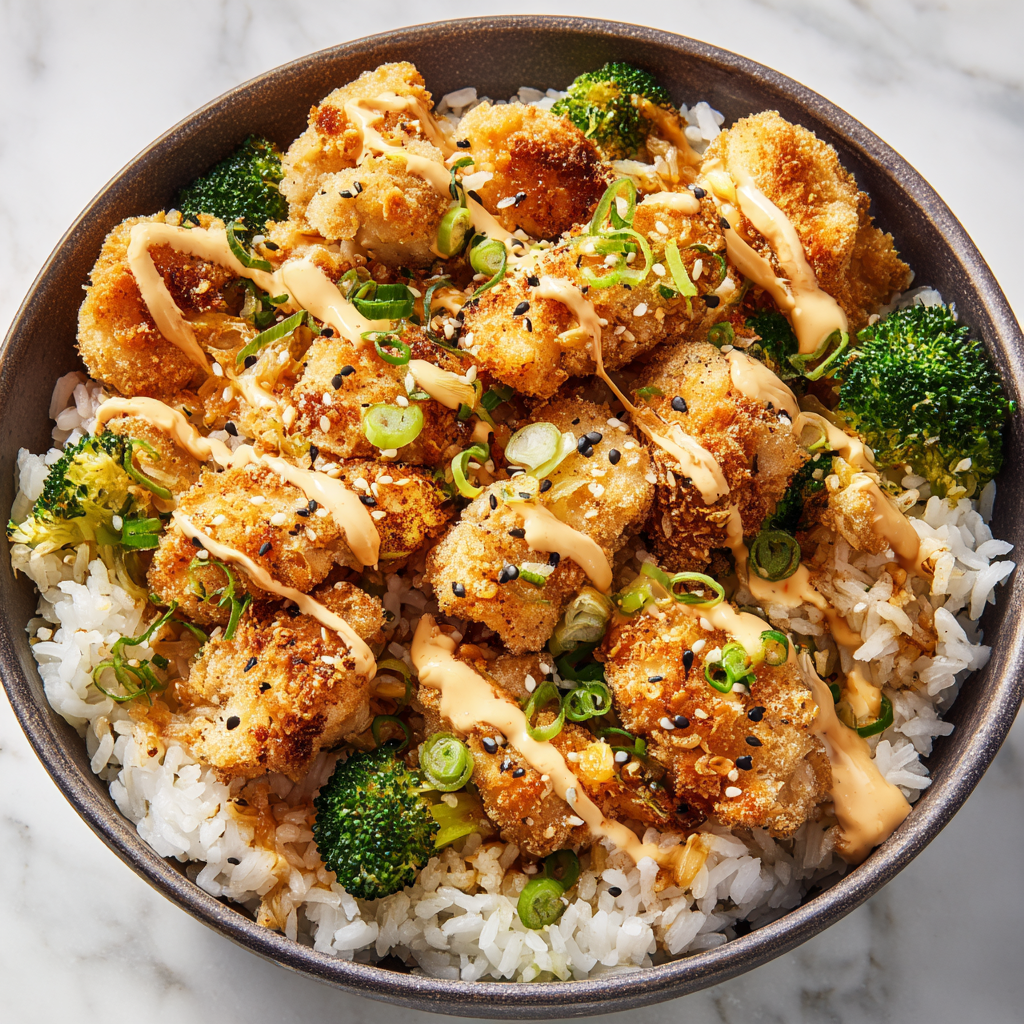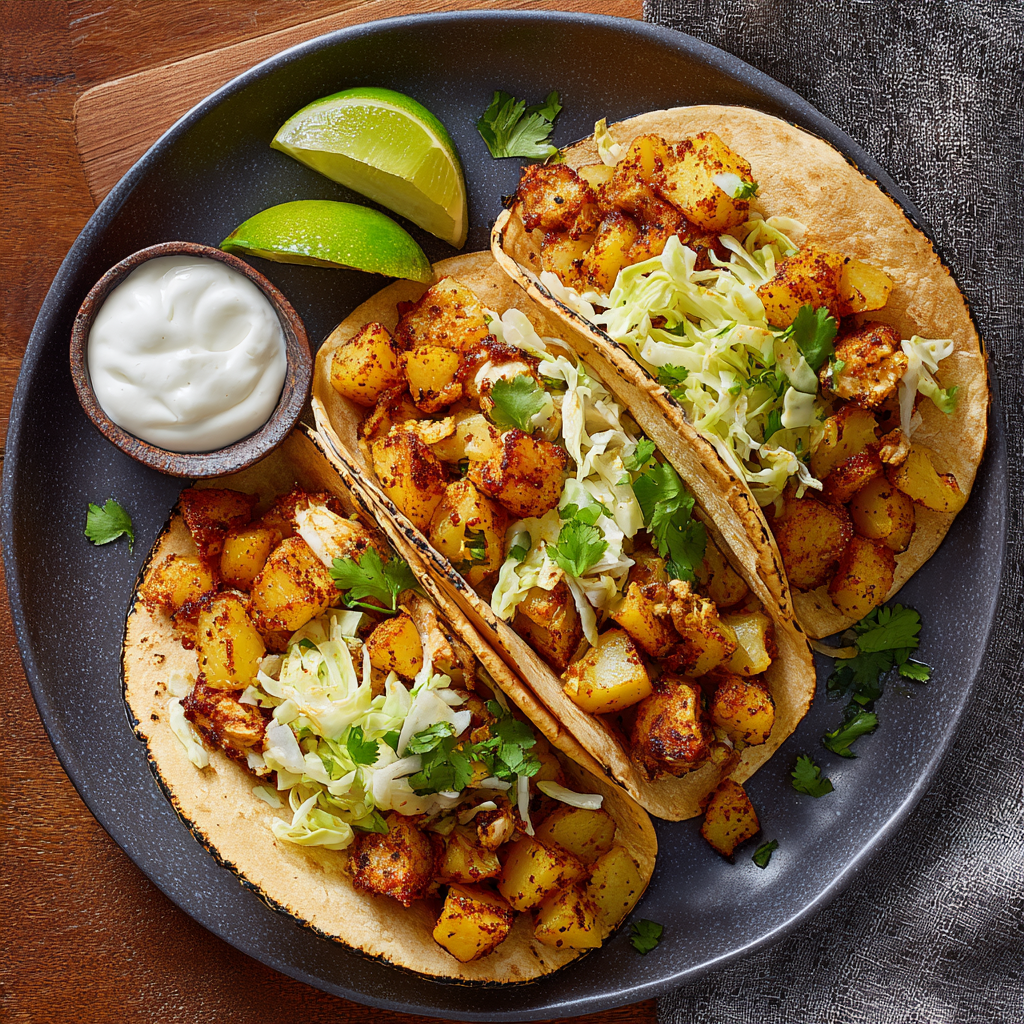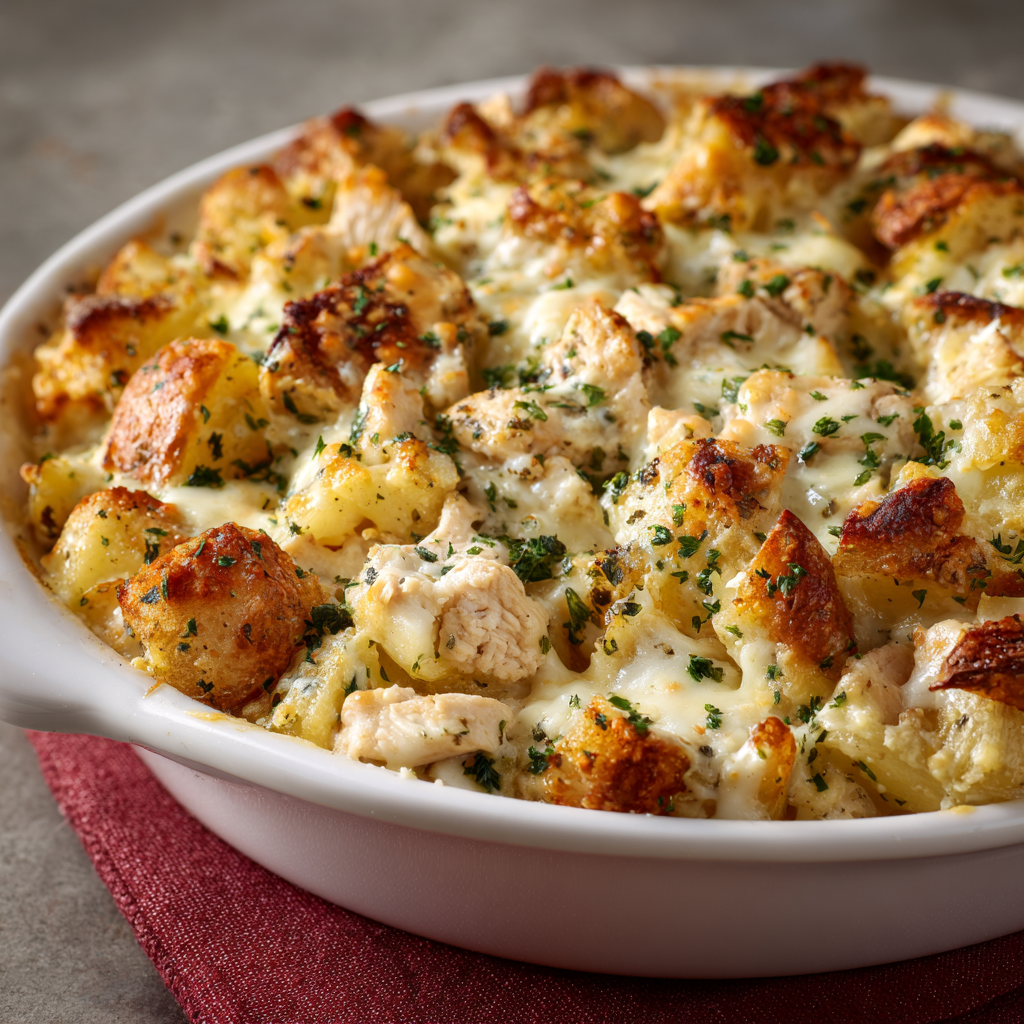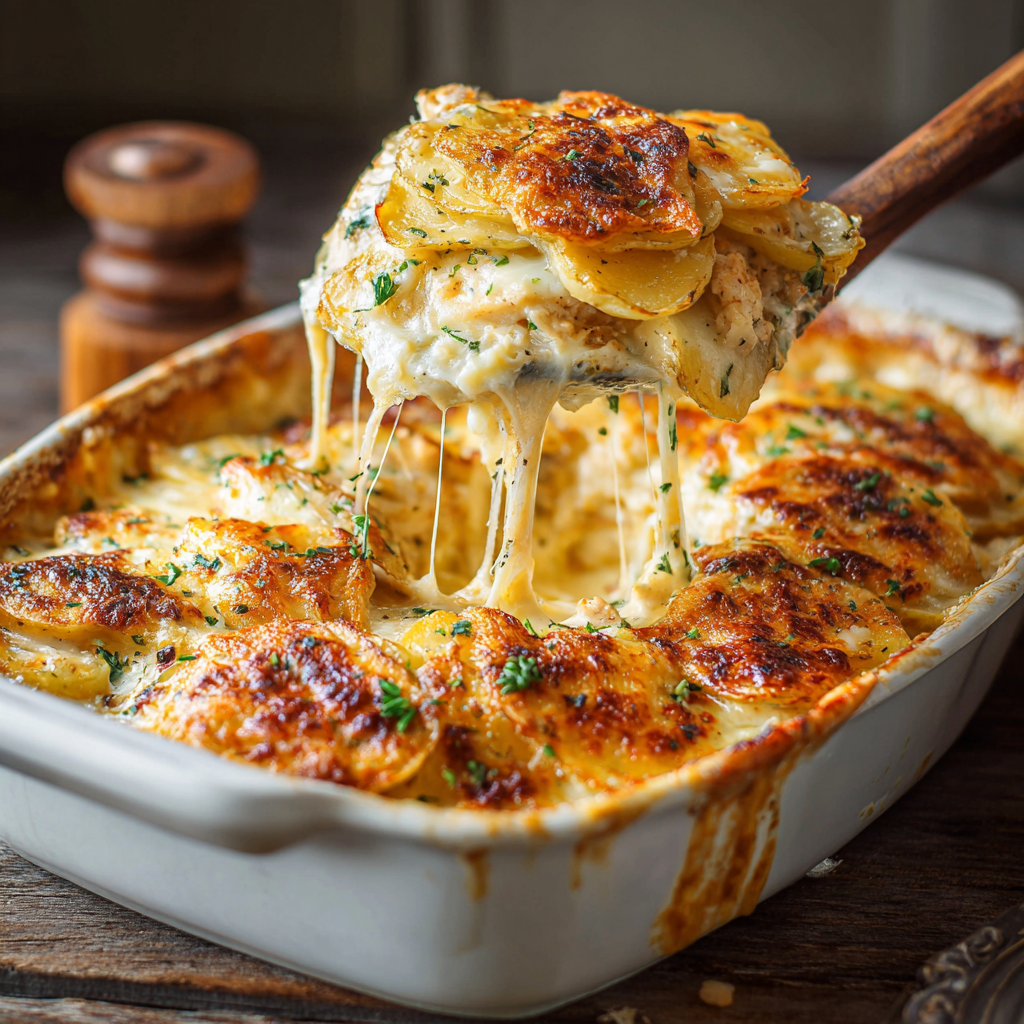Why 3-Ingredient Teriyaki Chicken Is My Weeknight Hero
Hey there, kitchen friends! Olivia here, apron slightly flour-dusted and heart full of excitement because today? We’re talking about pure weeknight magic. You know those evenings when time evaporates, hunger growls like a bear, and the siren call of takeout feels impossible to ignore? I’ve been there more times than I can count—probably balancing a toddler on one hip while frantically scanning the fridge. That’s exactly why this 3-Ingredient Teriyaki Chicken has become my forever MVP. Seriously, just soy sauce, brown sugar, and chicken thighs transform into a glossy, sticky-sweet masterpiece that tastes like you spent hours, not minutes. It’s the culinary equivalent of a cozy hug!
What I adore about this recipe (besides its sheer laziness-friendly genius) is how it proves that big flavor doesn’t need complexity. No fancy techniques, no obscure pantry items—just honest, bold ingredients doing a flavor tango in your skillet. It’s the kind of dish that makes you feel like a rockstar when you slide it onto the table, watching eyes light up as that caramelized sauce glistens. Whether you’re a new cook finding your confidence or a seasoned pro craving simplicity, this teriyaki is your ticket to easy wins. So grab your favorite skillet, and let’s turn “I have nothing to cook” into “Wow, I MADE this?!” 🍗✨
The Midnight Snack That Started It All
Picture this: It’s 2 a.m. during my college years. My roommate Jess and I are ravenous after cramming for finals, but our wallets are as empty as our energy reserves. We raid our tiny shared kitchen—just a pack of chicken thighs, a half-empty soy sauce bottle, and some sad brown sugar crystals clinging to the bag. Desperation (and hunger) breeds creativity. We cubed the chicken, dumped everything into a rusty pan, and crossed our fingers. Twenty minutes later? Pure alchemy. That haphazard, sticky-sweet chicken over instant rice felt like a Michelin-star feast in our dimly lit dorm. We called it “Broke Student Teriyaki” and swore it was our secret weapon.
Years later, when my now-husband Dan was wooing me, he recreated that exact dish on our third date—complete with a dramatic retelling of Jess’s sauce-stained textbook. That messy, sweet moment sealed the deal. Now, every time I make this teriyaki, it’s a delicious reminder that the best memories often simmer in the simplest pots. Food isn’t just fuel; it’s time travel with flavor.
Your Tiny-but-Mighty Ingredient Squad
Here’s the beautiful part: only three core ingredients stand between you and teriyaki bliss. But let’s chat about why each one matters and how to finesse them!
- 2 lbs boneless, skinless chicken thighs, cubed → Why thighs? They’re juicier and more forgiving than breasts, staying tender even if you overcook them slightly. Chef hack: Pat them SUPER dry before cubing—this helps the sauce cling and caramelize. Sub with chicken breasts if you prefer (reduce cook time by 3-5 mins), or tofu for veggie pals!
- 1 cup soy sauce → This is your flavor backbone! Insider tip: Use regular soy sauce (not low-sodium) for balanced depth. Tamari is a stellar gluten-free swap. Feeling fancy? Substitute ¼ cup with coconut aminos for a hint of sweetness.
- ½ cup packed brown sugar → The magic glaze-maker! Why packed? It ensures the right syrupy consistency. Dark brown sugar adds molasses richness, but light works too. Honey or maple syrup? Yes—but reduce to ⅓ cup as they’re sweeter. Pro move: Add 1 tsp grated ginger to the sugar for a zingy twist!
Wait, Olivia—what about oil or thickeners? Nope! The chicken renders its own fat, and the sugar reduces into that iconic sticky glaze. Trust the process!
Let’s Make Magic Happen: Step-by-Step
Ready? Channel your inner weeknight wizard—this is easier than folding laundry (and way more rewarding).
- Marinate Like a Boss: In a large bowl, combine soy sauce and brown sugar. Stir vigorously for 1-2 minutes until the sugar mostly dissolves (a few granules are fine—they’ll melt while cooking). Chef hack: Warm the soy sauce for 10 seconds in the microwave first to speed up dissolving! Add your cubed chicken thighs and toss until every piece is happily coated. Cover and let it marinate at room temp for 30 minutes (or refrigerate overnight for deeper flavor penetration). Why room temp? It helps the chicken cook evenly later!
- Skillet Sizzle Time: Grab a large, heavy-bottomed skillet or non-stick pan. No need for oil—just dump in the chicken AND all the marinade. Safety note: Yes, we’re using the marinade—it boils! Turn heat to medium. Once it starts bubbling, set a timer for 15 minutes. Stir occasionally, letting the sauce reduce and bubble like a savory volcano.
- Glaze Glory: Around the 10-minute mark, you’ll see the magic—the sauce thickens into a shiny, lacquered glaze. Keep stirring! At 15 minutes, check chicken doneness (internal temp 165°F or no pink inside). If the sauce isn’t sticky enough, crank heat to medium-high for 1-2 mins, stirring constantly. Watch it like a hawk—sugar burns fast! Done? Remove from heat immediately. The glaze will keep thickening as it cools.
Hot tip: For extra caramelization, spread chicken in a single layer after 10 mins and let it sear undisturbed for 1-2 minutes per side. Hello, crispy edges!
Why This Recipe Works for Every Skill Level
One of the most beautiful things about this 3-ingredient teriyaki chicken is its universal appeal—whether you’re a kitchen newbie or a seasoned cook. For beginners, it’s a confidence-builder. There’s no intimidating knife work (just cubing chicken thighs), no finicky techniques, and no risk of overcomplicating things. The recipe is forgiving: even if you overcook the chicken slightly, the thighs’ higher fat content keeps them tender, and the sauce’s sweetness masks minor mistakes. It’s the kind of dish that makes you think, “Hey, I can actually cook!”
For intermediate cooks, this recipe is a canvas for creativity. Once you’ve mastered the base, you can riff on it endlessly—add garlic, ginger, or a splash of mirin for complexity. The simplicity of the original formula also teaches foundational skills: how to reduce a sauce properly, how to balance sweet and salty flavors, and how to build depth with minimal ingredients. It’s a reminder that great cooking doesn’t require 20 spices or sous-vide gadgets.
Advanced cooks? They’ll appreciate the efficiency. On busy nights, even culinary pros don’t want to fuss. This dish is a study in minimalism, proving that restraint can yield bold results. It’s also a great template for experimenting with umami boosters—like a dash of fish sauce or a sprinkle of bonito flakes—without losing the soul of the dish.
And let’s talk about time. The active cook time is just 15 minutes, with minimal prep. Unlike elaborate recipes that dirty every bowl in your kitchen, this one uses a single skillet. For parents, students, or anyone juggling a hectic schedule, that’s a game-changer. The short marinating window (or even skipping it in a pinch) means you can go from “I’m starving” to “Dinner’s ready” faster than delivery could arrive.
Lastly, the recipe scales effortlessly. Need to feed a crowd? Double or triple the ingredients without adjusting technique. Meal prepping? It reheats like a dream. The versatility extends to dietary needs, too—swap soy sauce for tamari (gluten-free) or coconut aminos (soy-free), and the dish still shines. In a world of complicated recipes and niche ingredients, this teriyaki chicken is a democratic delight—no elitism, just good food.
The Science Behind the Simplicity
At first glance, three ingredients seem too basic to create something extraordinary. But there’s serious culinary science at work here. Let’s break it down:
1. The Maillard Reaction + Caramelization
When the chicken hits the hot pan, the proteins and sugars in the marinade undergo the Maillard reaction—the same chemical process that gives seared steaks and toasted bread their depth. The brown sugar’s molasses content accelerates this, creating complex, savory-sweet notes. As the sauce reduces, the sugar caramelizes, thickening into that glossy glaze we love.
2. Soy Sauce’s Umami Power
Soy sauce is a umami bomb, packed with glutamates that enhance savoriness. When reduced, it intensifies, balancing the sugar’s sweetness. Fun fact: The fermentation process in soy sauce breaks down proteins into amino acids, which react with heat to create even more flavor. That’s why the sauce tastes richer after simmering!
3. Chicken Thighs’ Fat Content
Unlike lean breasts, thighs have more collagen and fat, which melt during cooking. This keeps the meat juicy and adds body to the sauce. The fat also carries flavor, ensuring every bite is infused with teriyaki goodness.
4. The Magic of Reduction
Reducing the marinade does two things: It concentrates flavors (evaporating water leaves behind a thicker, more potent sauce) and ensures food safety (boiling kills any bacteria from the raw chicken). The sugar’s hygroscopic nature (it attracts water) helps the sauce cling to the chicken, creating that irresistible sticky coating.
Why Room-Temp Marinating Works
Marinating at room temp for 30 minutes lets the soy sauce’s salt penetrate the chicken slightly, seasoning it from within. Cold marinades slow this process—overnight fridge marinating is great, but room temp delivers 80% of the flavor in a fraction of the time.
Pro Tip: Acid’s Role (or Lack Thereof)
Traditional teriyaki might include vinegar or mirin for brightness, but this recipe skips it. Why? The sugar’s caramelization and soy’s saltiness create balance without acidity. Adding ginger or pineapple (in the riffs) reintroduces a hint of tang, but the base recipe proves it’s not essential.
Understanding these principles empowers you to tweak the recipe intelligently—like knowing that adding honey (which burns faster than sugar) means lowering the heat. Or that overcrowding the pan steams the chicken instead of searing it. Science isn’t just for lab coats; it’s for weeknight warriors too!
The Emotional Resonance of a Simple Dish
Food is never just about sustenance—it’s a tapestry of memories, comfort, and identity. This teriyaki chicken, for all its simplicity, carries emotional weight. For me, it’s a time machine to college dorm rooms and early dates with Dan. For others, it might become the “signature dish” their kids request after soccer practice or the meal they associate with solo nights of self-care.
There’s something profoundly reassuring about a recipe that never fails you. In a world of constant change, knowing you can whip up a satisfying dinner with pantry staples is a small but powerful anchor. It’s the culinary equivalent of your favorite sweatpants—unpretentious, reliable, and deeply comforting.
This dish also embodies hospitality. I’ve served it to last-minute guests with steamed rice and a bagged salad, and it always feels like I’ve put in more effort than I did. Food doesn’t need to be elaborate to convey care; sometimes, the humblest meals are the most generous.
And let’s talk about pride. There’s a quiet joy in mastering a recipe so simple yet so impressive. When my son declared it “fancy chicken,” it reminded me that wonder lives in the ordinary. Kids don’t care about Michelin stars—they care about flavor and the love behind the meal.
Finally, this recipe is a testament to resourcefulness. Born from dorm-room desperation, it’s a reminder that constraints breed creativity. Whether you’re cooking on a budget, with limited time, or for picky eaters, this teriyaki chicken meets you where you are. In a culture obsessed with “more” (more ingredients, more steps, more gear), it’s a celebration of enough.
Plate It Pretty (Or Just Dive In!)
This teriyaki chicken is a social butterfly—it plays well with everything! For a classic vibe, pile it over fluffy jasmine rice (the sauce soaks in gloriously). Craving crunch? Serve with stir-fried broccoli or snap peas. Noodle lovers, toss it with udon or soba for a slurp-worthy bowl. Garnish with sesame seeds or sliced green onions for a pop of color and nutty freshness. My favorite way? Stuff it into lettuce cups with shredded carrots—low-carb, high-deliciousness! 🥬✨
Shake It Up: 5 Tasty Twists
Love the base? Try these riffs to keep things exciting:
- Spicy Kick: Add 1-2 tsp sriracha or red pepper flakes to the marinade.
- Pineapple Sunshine: Stir in ½ cup fresh pineapple chunks during the last 5 minutes of cooking.
- Garlic-Ginger Boost: Sauté 1 tbsp minced garlic + 1 tsp grated ginger in the skillet before adding chicken.
- Honey-Lime: Swap brown sugar for ⅓ cup honey + zest of 1 lime.
- Teriyaki Bowls: Layer chicken with avocado, edamame, cucumber, and pickled ginger!
Olivia’s Extra Nuggets of Wisdom
Over the years, this recipe has seen it all—including the time I accidentally used powdered sugar instead of brown sugar (don’t ask, it was a pantry emergency). The result? A weirdly sweet paste. Lesson learned! Now, I always double-check labels before marinating. Another evolution: I often double the batch for meal prep. It reheats beautifully! Just add a splash of water when microwaving to revive the glaze. Store leftovers in an airtight container for up to 4 days, or freeze for 3 months. Funny story: My 5-year-old now calls this “Mom’s Fancy Chicken” and insists we eat it with chopsticks. If only he knew how un-fancy it really is! 😂
Your Teriyaki Questions, Answered!
Q: Can I use chicken breasts instead?
A: Absolutely! Cube them smaller (1-inch pieces) and reduce cook time to 12-15 mins. They cook faster but can dry out, so don’t skip the marinade!
Q: Why won’t my sauce thicken?
A: Two culprits: 1) Heat’s too low—sauce needs a steady simmer. 2) Crowded pan—if chicken releases too much liquid, remove pieces with a slotted spoon and reduce sauce alone for 3-4 mins. Pro tip: A cornstarch slurry (1 tsp cornstarch + 1 tbsp water) can rescue thin sauce—add it in the last 2 mins!
Q: Is marinating essential?
A> Short answer: No, but YES for flavor! 30 mins adds sweetness; overnight infuses savory depth. If you’re in a rush, just cook it—it’ll still taste great.
Q: Can I bake this instead?
A: Sure! Spread marinated chicken on a parchment-lined sheet pan. Bake at 400°F for 20 mins, stirring halfway. Broil 2 mins for caramelization. Sauce won’t be as thick—simmer it separately on the stove.

3-Ingredient Teriyaki Chicken
- Total Time: 30 min
Description
What started as a late-night college experiment turned into a go-to dinner with a love story twist. This dish reminds me that some of the best meals come from the humblest beginnings—and now it’s a dinnertime regular in our home. Juicy chicken, a sweet-salty glaze, and only one pan? It’s weeknight gold.
Ingredients
-
2 lbs boneless, skinless chicken thighs, cubed
-
1 cup soy sauce (regular or tamari for gluten-free)
-
½ cup packed brown sugar (light or dark)
Instructions
-
Mix: Stir soy sauce and brown sugar in a bowl until mostly dissolved. Add cubed chicken, toss to coat, and marinate 30 mins (room temp) or overnight (fridge).
-
Cook: Pour chicken and marinade into a large skillet. Bring to a simmer over medium heat.
-
Simmer & Glaze: Cook 15 mins, stirring occasionally. Sauce will thicken. For stickier glaze, raise heat in the last 2 mins, stirring constantly.
-
Finish: Remove from heat once sauce is glossy and chicken is fully cooked (165°F). Let rest 5 mins—it thickens more as it cools.
Notes
-
Pat chicken dry for better caramelization.
-
Sauce not thickening? Simmer uncovered, or add a cornstarch slurry.
-
Chicken breasts work too—just reduce cook time slightly.
- Prep Time: 5 min
- Cook Time: 15 min
Nutrition
- Calories: 300 per serving
- Fat: 10g
- Carbohydrates: 15g
- Protein: 35g
Nutritional Snapshot (Per Serving)
Calories: ~300 | Protein: ~35g | Carbs: ~15g | Fat: ~10g
Note: Values are estimates. Using low-sodium soy sauce reduces sodium by ~30%.
Final Thoughts
This 3-ingredient teriyaki chicken isn’t just a recipe—it’s a philosophy. It’s proof that great cooking doesn’t require complexity, that joy can simmer in a single skillet, and that the best meals are often the ones that leave you with time to savor life beyond the kitchen.
Whether you’re cooking for one, feeding a family, or meal-prepping for the week, this dish meets the moment. It’s adaptable enough for creativity but reliable enough for chaos. It’s food that nourishes both body and soul, without demanding perfection.






